As usual, credit Ken Pomeroy for being on top of it: in preseason, Tennessee’s fresh-faced basketball team rated an even 20.00 (points better than the average team per 100 possessions). The Vols, of course, are now done playing; with a handful of tournament games left their rating will still fluctuate slightly. But at the moment, the 2021 Vols have a rating of 19.85.
Whether using SP+ for football (more on 2021 projections using those ratings soon) or KenPom in basketball, it’s helpful to put Tennessee’s seasons into better historical context. Not all 8-4s are created equal, nor are all five seeds in the NCAA Tournament.
This year in particular felt like such a struggle to define, and still does, because there are so many unique elements. The Vols had what appear to be a pair of one-and-dones, the program’s first and only since Tobias Harris ten years ago. Keon Johnson routinely appears in the lottery in mock drafts, Jaden Springer sprinkled throughout the first round. That’s new for us.
They helped the Vols earn a five seed, where Tennessee promptly lost to Oregon State, who continued to ride an incredible hot hand into the Sweet 16 after winning the Pac 12 Tournament. It was the first time the Vols had been upset in the first round (seeded 7 or higher) since the tournament expanded to 64 teams in 1985. That’s new for us.
The freshmen had to carry the weight without John Fulkerson, which they did sensationally well at Rupp Arena and admirably so against Alabama in the SEC Tournament. But when Yves Pons also left the floor in foul trouble against Oregon State, the Vols just looked so lost. It’s a lot to ask for the freshmen on that stage for the first time. The Vols played in the NCAA Tournament without one of their most important players. That’s new for us.
In fact, part of the story of Rick Barnes in the tournament at Tennessee has been bad luck. Kyle Alexander was injured in the first round romp over Wright State in 2018, and didn’t play against Loyola Chicago where the Vols fell to a shot that hit the rim 1234217 times before going in. Officiating squabbles aside, the Vols fell to Purdue when Ryan Cline hit seven three pointers on ten attempts, many of them outrageous. And the Vols fell to Oregon State without the services of John Fulkerson. The tournament has not been kind to the orange and white.
Meanwhile, the teams that have beaten Tennessee have made themselves look even better beyond. Loyola, of course, went to the Final Four. Purdue took the eventual national champions to overtime 48 hours later. Oregon State is still playing and just beat the potential number one overall pick. The Vols may have been the higher seed in each of those games, but the difference between wasn’t as high as we thought going in.
And all of this, of course, falls into the context of the pandemic, brand new and burdensome for all of us. Whether you fire Jeremy Pruitt with or without cause, lose as a five seed, or have a Top 10 baseball team, the pandemic should still get the first and last word on your season.
“Tournament results aside,” is what I want to type, and that’s a funny phrase. The tournament is what all of college basketball builds to. But if you make it pass/fail for your season, you’re going to fail a lot more than you like, especially in the most upset-prone bracket of all-time this year (see also: the pandemic) coming one tournament after the most loaded Sweet 16 of all-time, which happened to happen the year Tennessee had its best team.
That 2019 team still stands alone, both in weeks at number one and in KenPom’s ratings. Here are the tiers we used for Tennessee’s teams in the KenPom era (2002-present) during the preseason – it’s interesting to note where the 2021 Vols will ultimately land:
- Tier A – The Current Peak: 2019 (26.24 KenPom)
- Tier B – The Fully Capable: 2014 (23.69), 2018 (22.27), 2008 (22.17)
- Tier C – The Dangerous: 2021 (19.85), 2006 (19.44), 2010 (18.50), 2007 (18.29)
- Tier D – The Unnecessary Defense of Bruce Pearl: 2009 (16.48)
- Tier E – The Bubble (but probably the NIT)
- Tier F – That’s okay, we’re a football school (Buzz Peterson’s last two years, Donnie Tyndall, Rick Barnes’ first year)
In KenPom, four of Tennessee’s five best teams of the last 20 years belong to Barnes and Cuonzo. The 2021 Vols are fifth on that list, currently first in Tier C, together with 2006, 2007, and 2010 from Bruce Pearl’s era.
I like to think of SP+ and KenPom as, “Who would I least like to face?” And some nights, these Vols fit that bill. They beat Colorado and Arkansas, both in the KenPom Top 15. They famously waxed a pair of AP Top 15 squads at Missouri and vs Kansas. And they still made memories late with back-to-back, emotionally-charged wins over Florida. They won seven regular season SEC games by 10+ points, trailing only 2008, 2014, and 2019.
And they lost three regular season SEC games by 10+ points, trailing only 2007 and 2010 among Tennessee’s recent tournament teams. They played only two one-possession games all year. Their worst lost on the slate is at Auburn, 63rd in KenPom. Only the 2006 and 2019 Vols had a better record there in terms of not losing to bad teams; this team’s “bad” wasn’t as bad as you think.
The main issue is that their good never got to be as good as it was in mid-January. At 10-1 (4-1), the Vols had only lost to Alabama in a game when Jaden Springer got hurt and, again, Pons was in foul trouble. At that point the Vols were sixth nationally in KenPom, and we were having conversations about a one seed and winning the SEC. From there, Springer was still banged up, lineups got weird, responsibilities were shifted, and along the way Tennessee went 8-8.
So, what’s the best comparison for this year? I don’t think there is one.
It has the one-and-done and off-the-court weirdness of 2011, with the mid-season fall of 2001 (so perhaps the lesson is, be careful in years that end with 1). But it also had some truly dominant regular season performances that could be matched only by some of Tennessee’s very best teams, with no very worst losses. It’s not a good comparison on the floor or in the record book, but maybe 2009 is its best counterpart, simply for the way this year doesn’t feel like it belongs with any others.
I remain grateful that they played at all. And more good news is on the way: Kennedy Chandler is Tennessee’s highest-rated signee since Tobias Harris and Scotty Hopson (again, no guarantees, see 2011). Four-star wing Jahmai Mashack joins him in the incoming class. John Fulkerson might be back. Who knows what the transfer portal will bring.
Without Keon, Springer, and Pons, it’ll feel like the ceiling is a little lower going in. But in reality, it’ll be the same question mark from this season as the Vols seek to put so many new pieces in important places.
Under Rick Barnes, Tennessee is giving themselves better chances than ever in terms of talent, beating Kentucky more than ever, and losing to fewer bad teams than ever. And though we thought the bracket was kind going in this year, the tournament itself is yet to return the favor to one of his teams.
At the same time, the tournament will always be the last impression your team leaves. As Tennessee continues to pursue just its second Elite Eight in program history, here’s hoping the Vols can build on what they learned from this year and carry the program’s history forward not just November-February, but in March as well.
Go Vols.
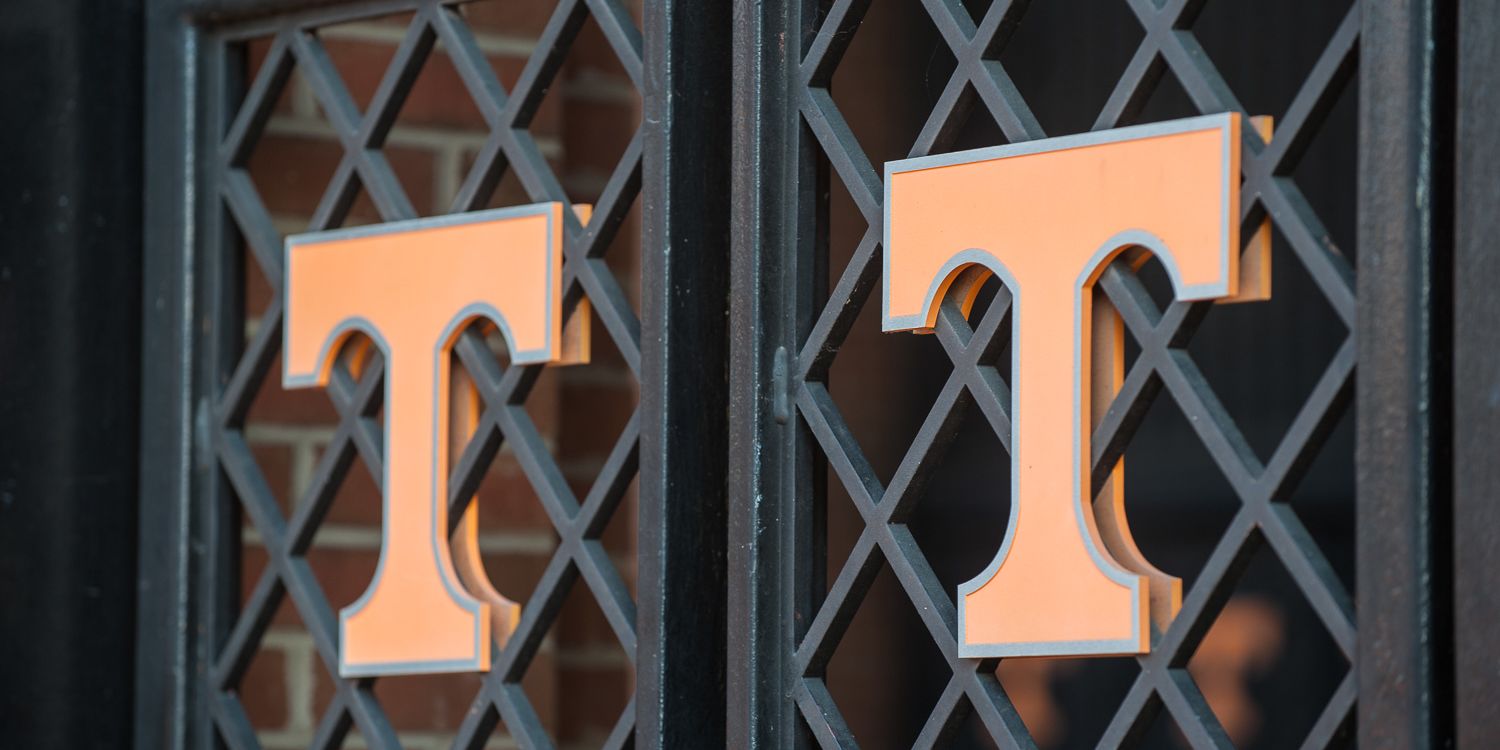
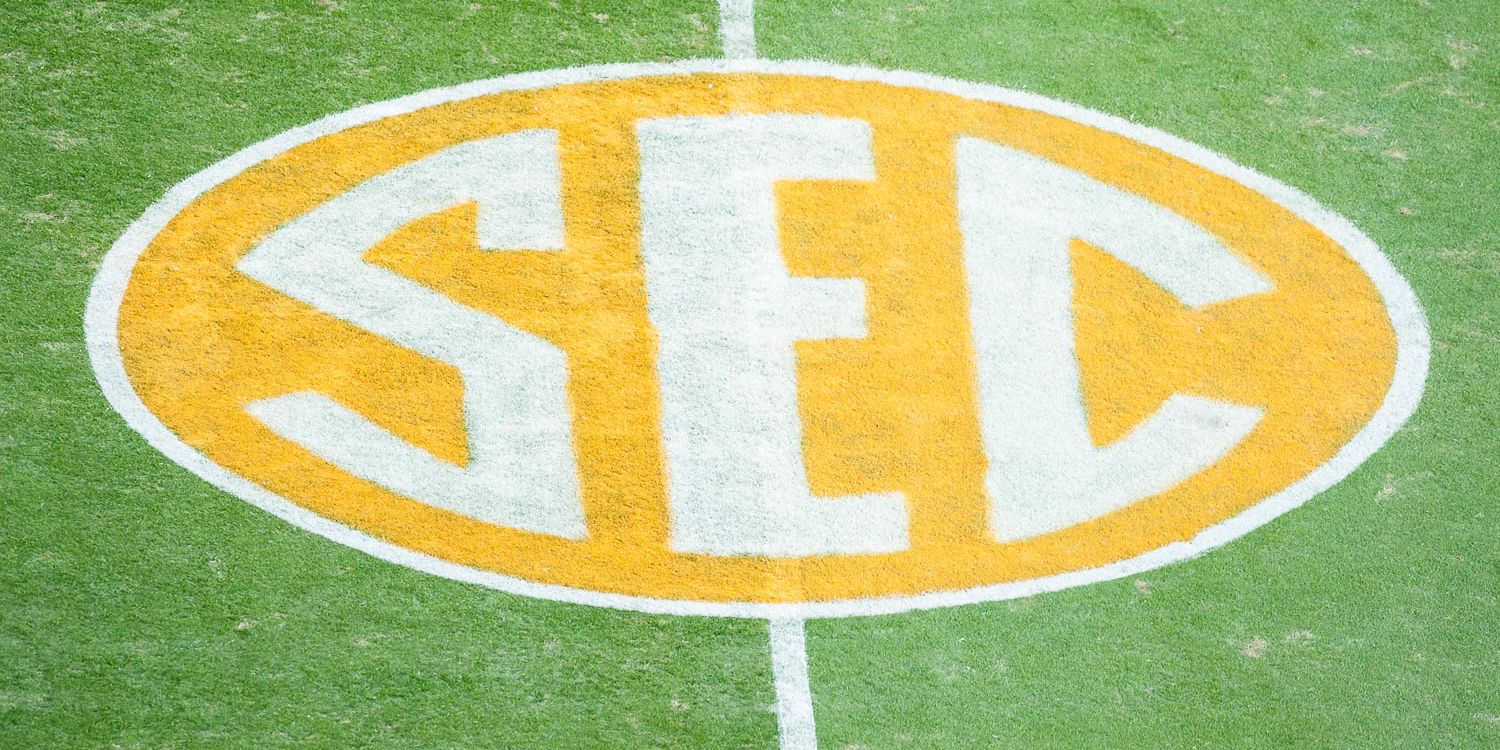
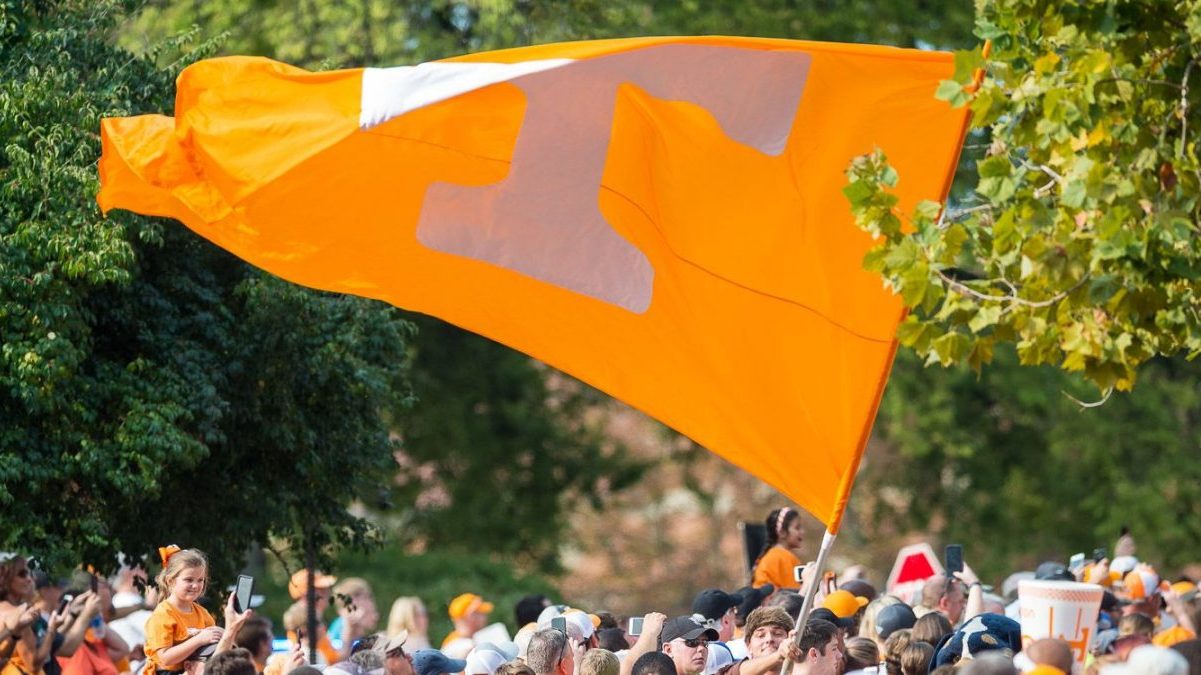
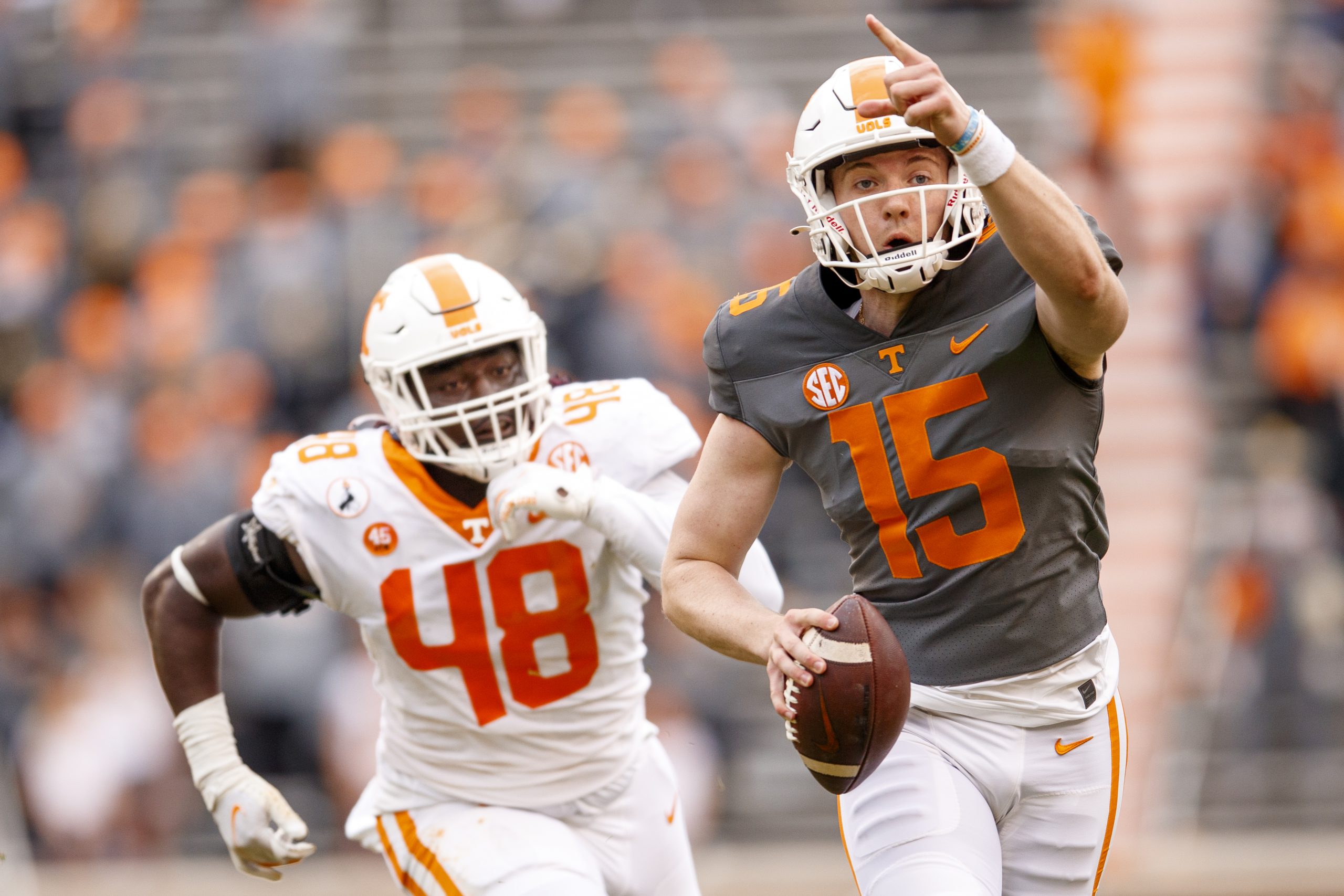
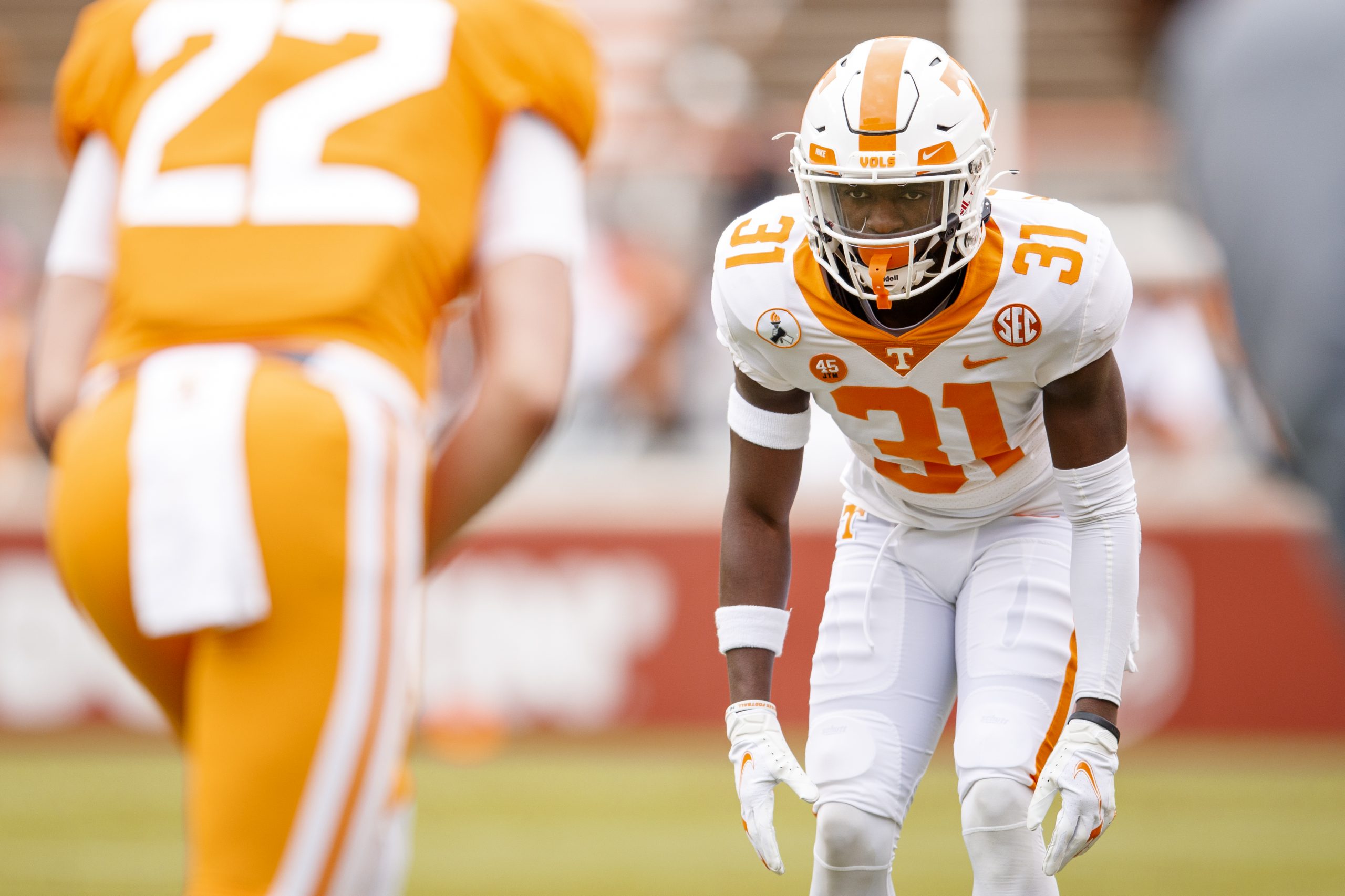
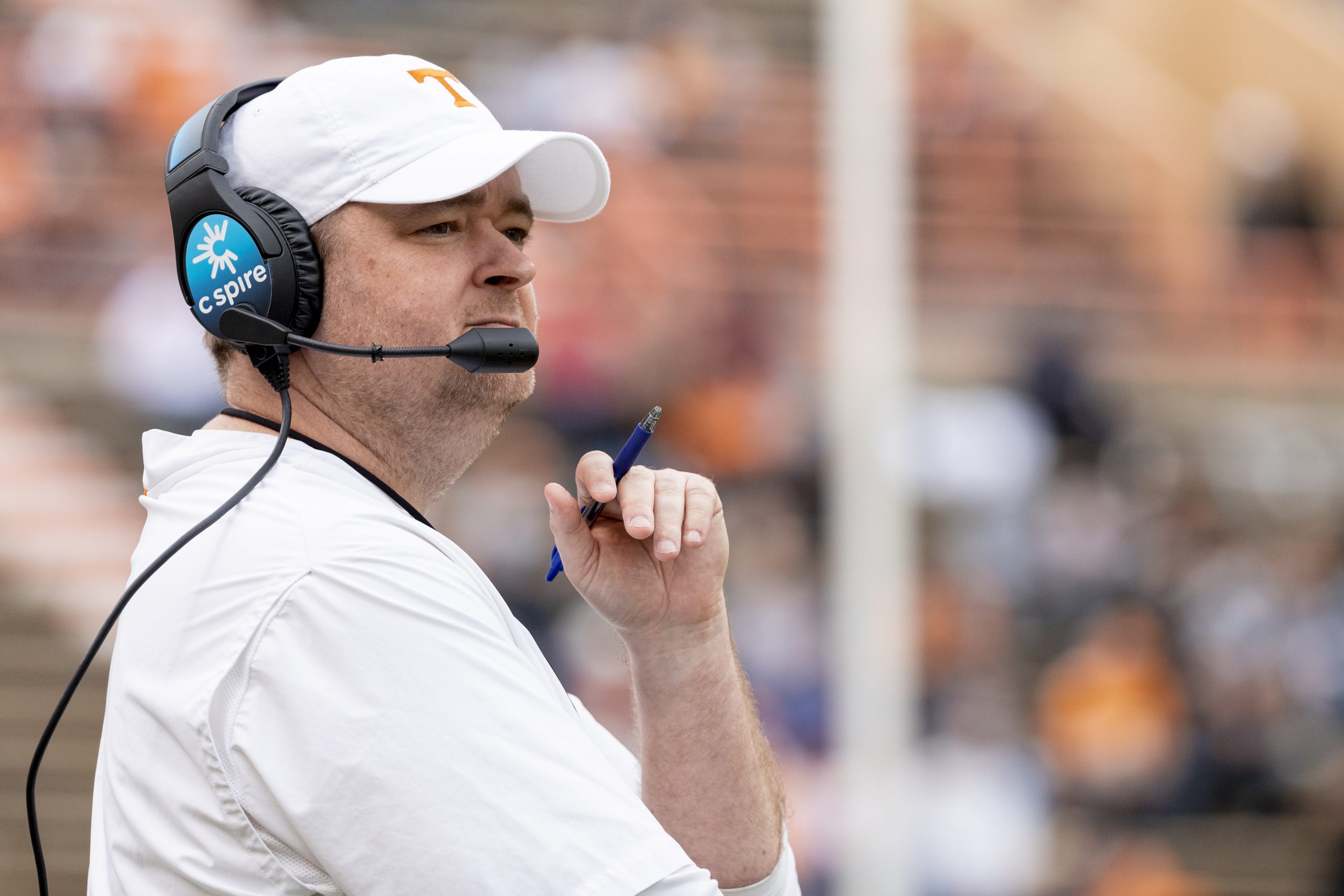
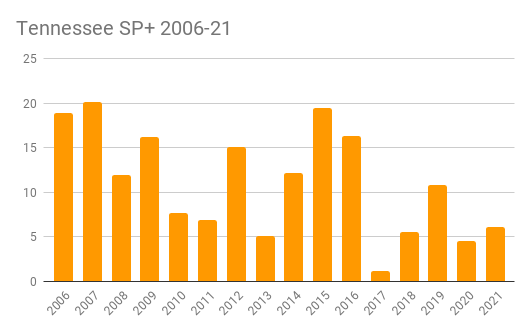
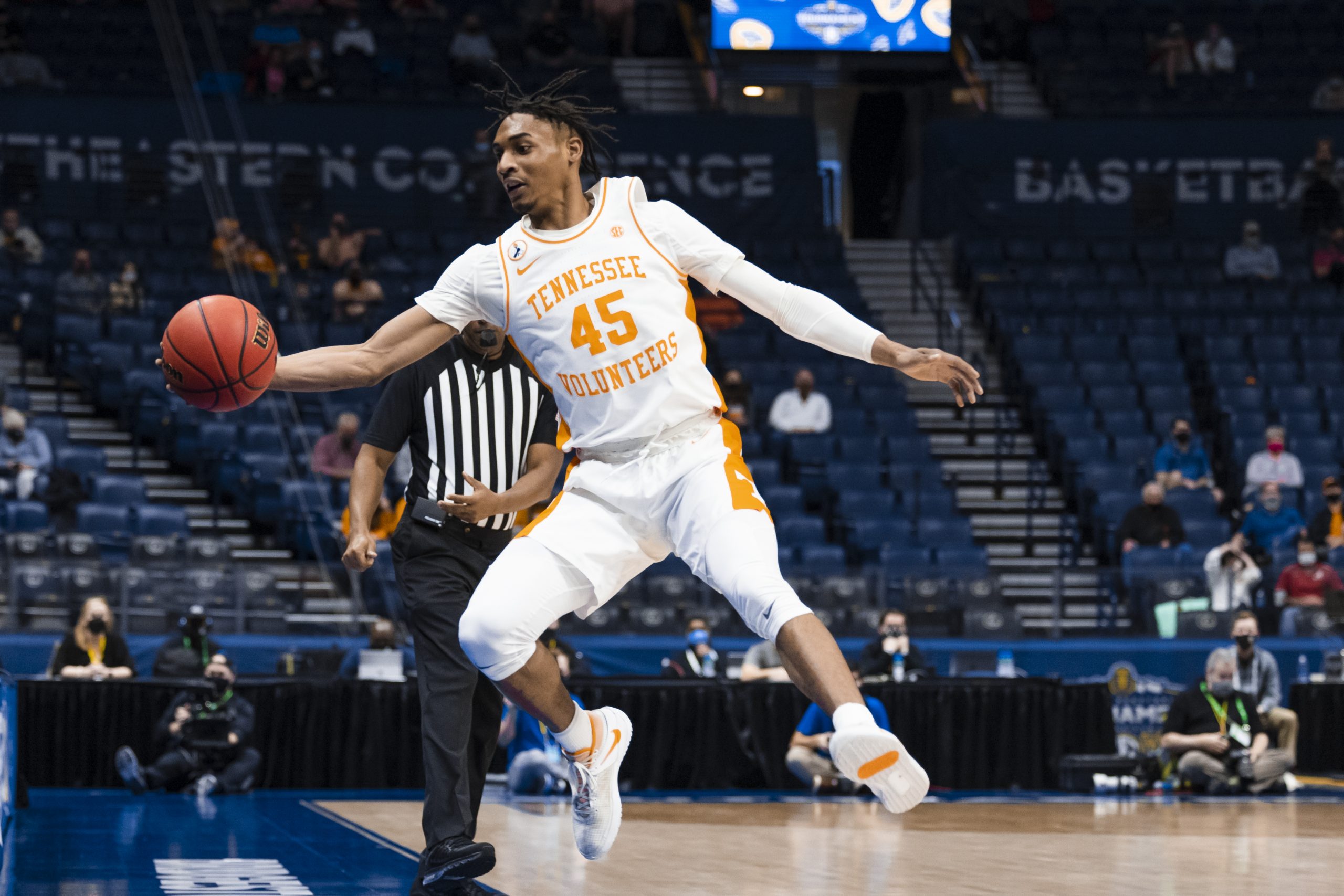
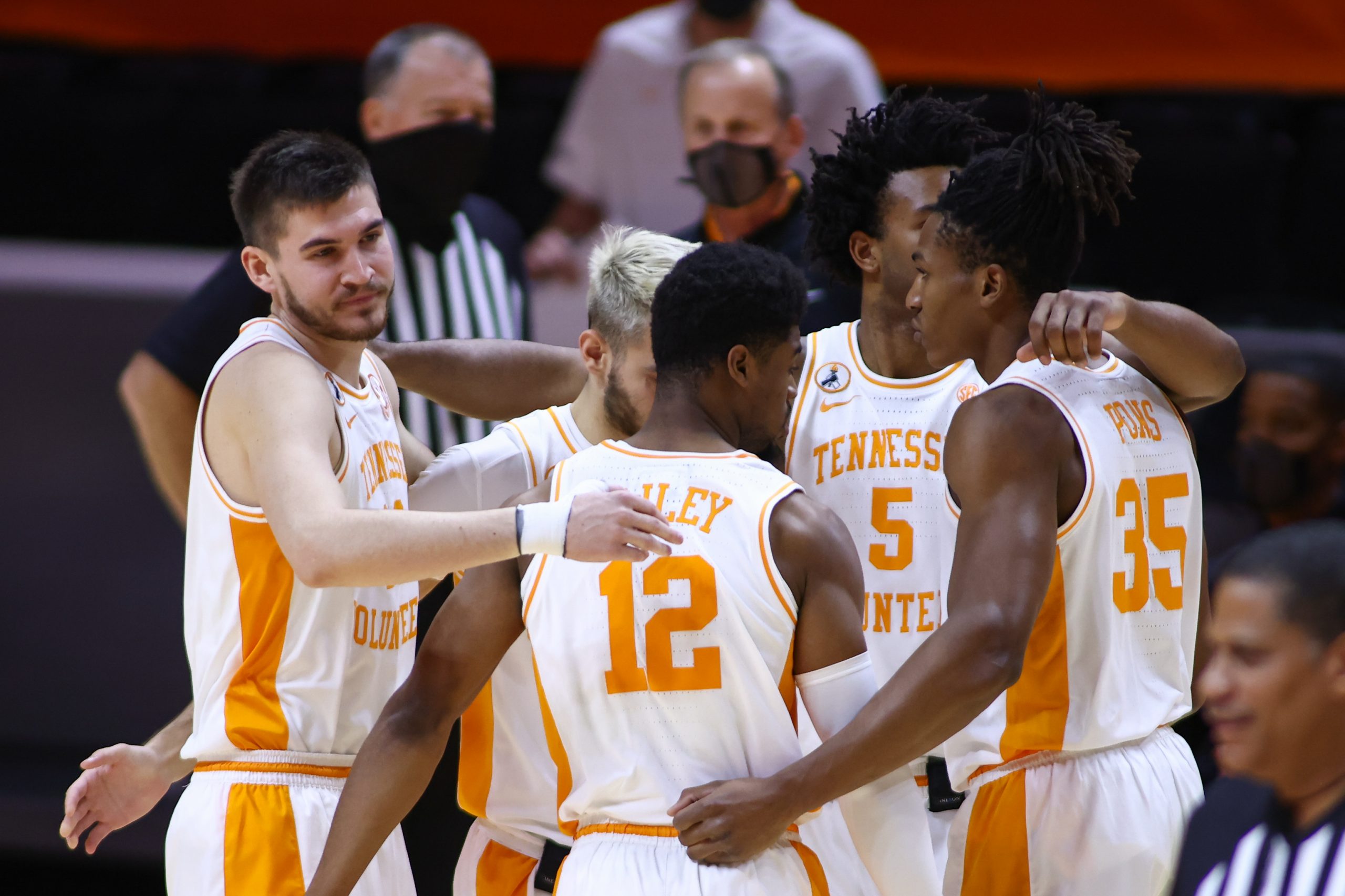
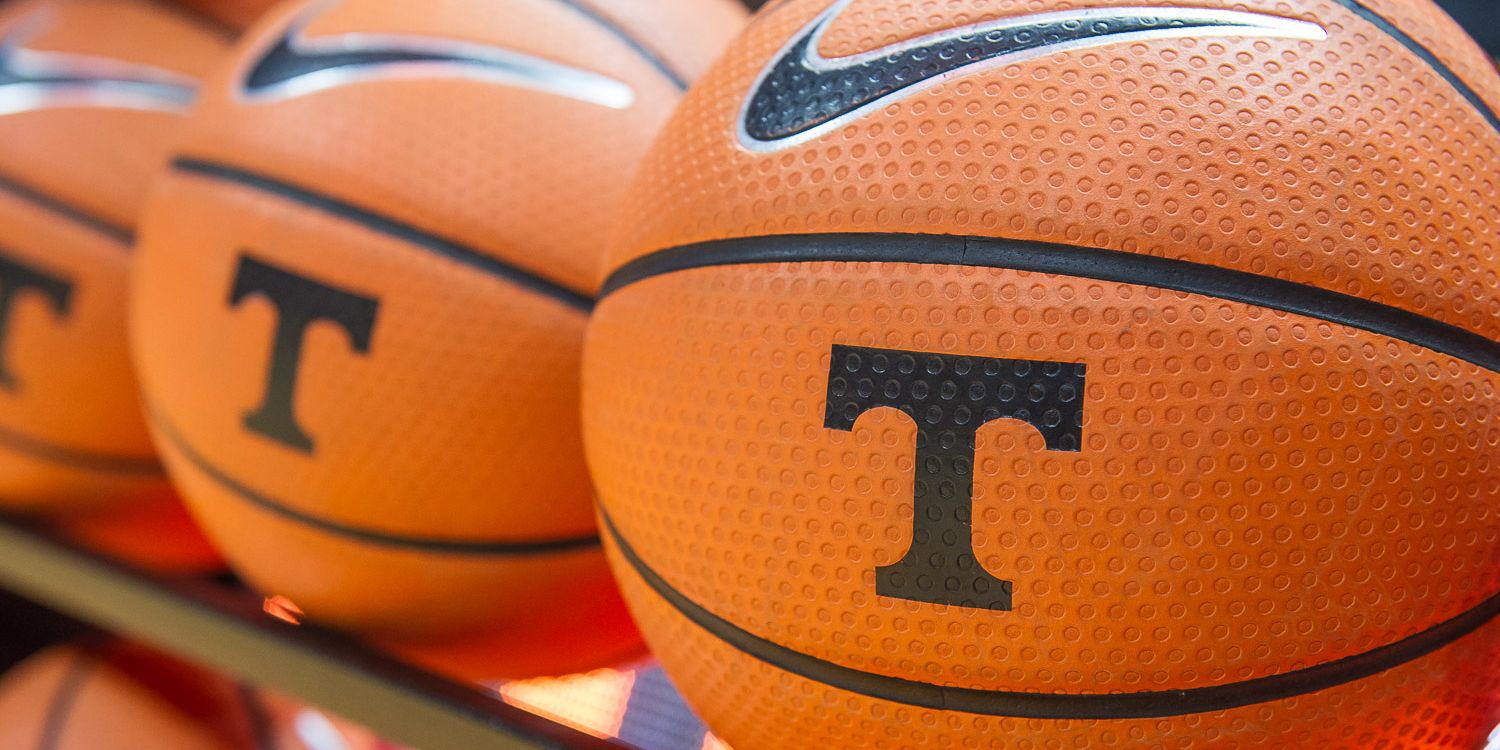
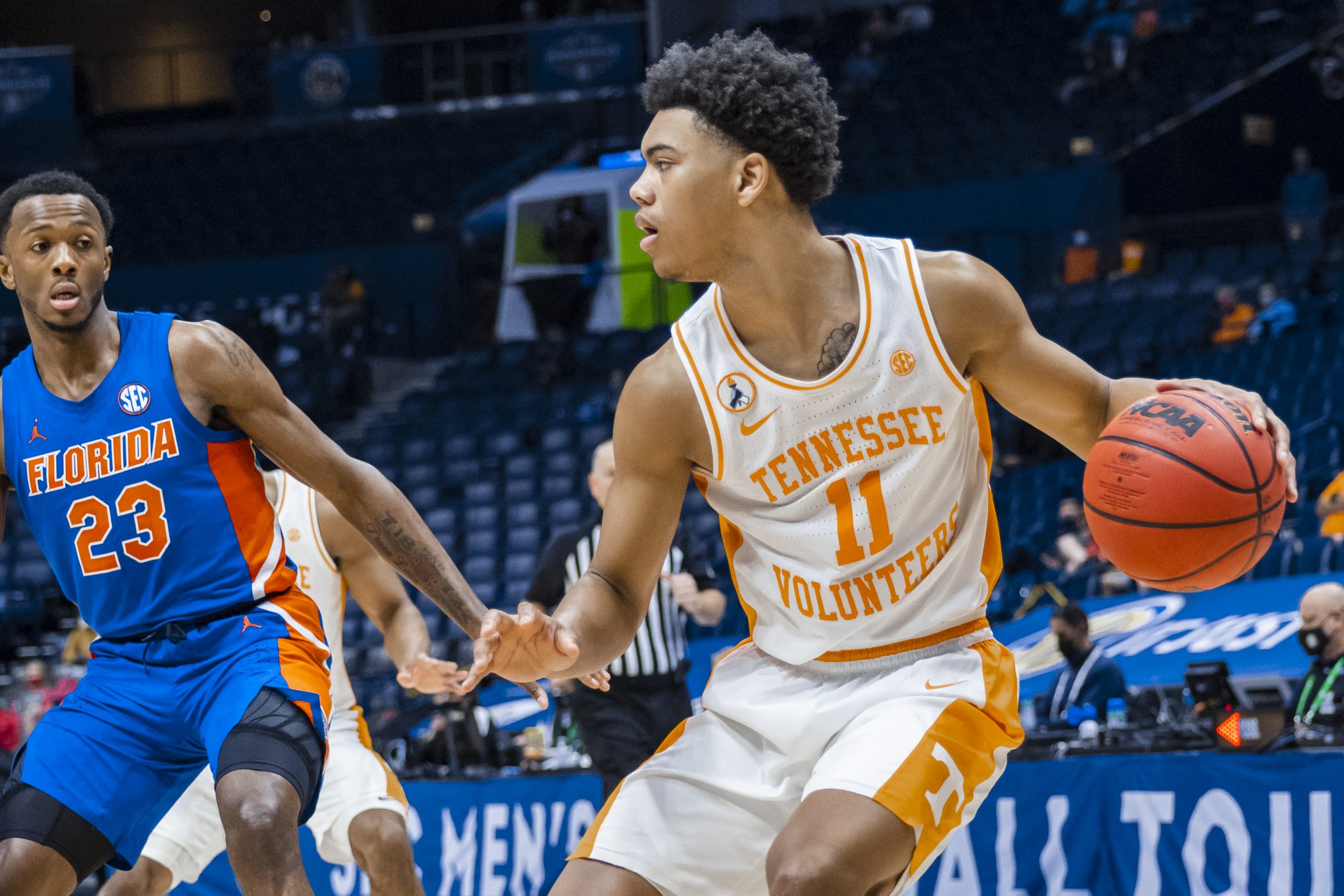
You must be logged in to post a comment.